
Gardening is a tough job that requires great dedication. The average gardener meticulously follows the rhythm of the seasons before planting their vegetables and fruits. This is where perennials are quite useful. Perennials are basically long-lived plants that set down roots for decades. Thus, instead of planting them fresh each year, these plants serve as a long-term investment that will continue paying off year after year.
No wonder perennial plants and flowers are so popular among gardeners! There are so many perennial vegetables out there - asparagus, garlic, horseradish, and radicchio being some of the common ones. However, there are numerous other perennial vegetables that are quite obscure and discovering them will be a great boon to hands-off gardeners.
Here, we look at some of the lesser-known but immensely useful perennial vegetables that would be a great addition to your garden.
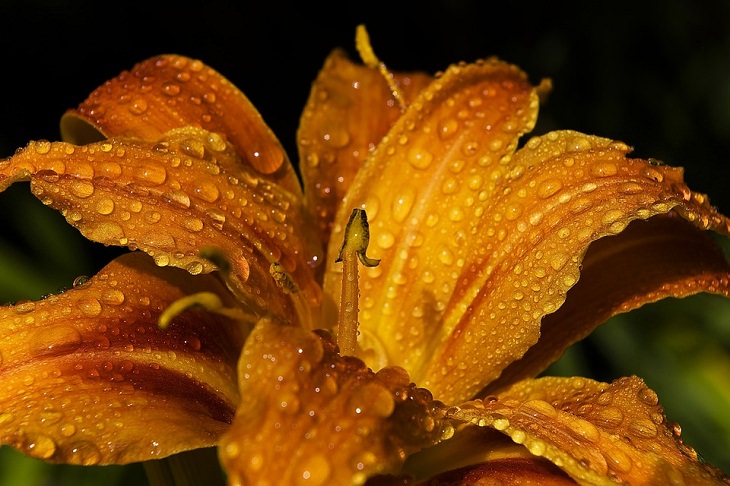
One of the most unique aspects of daylilies (Hemerocallis) is that they are considered the most carefree of all flowering perennials. In fact, many gardeners feel that they thrive on neglect, and it is for this reason that they are naturalized across the United States.
Daylilies can prosper in almost any type of soil and will grow both in sunny areas or in the shade. Furthermore, they are rarely troubled by insect pests or any damaging disease. These tough flowering plants are also grown as a vegetable in Asia where their daily profusion of flower buds are used as green beans. You can also serve the flowers of daylilies in salads.

Image source - Wikimedia Commons
A traditional European vegetable, Good King Henry (Chenopodium bonus-henricus) is renowned for its delicious shoots, leaves and flower buds. It is a low maintenance plant that can be easily grown once established. A relative of the spinach family, Good King Henry grows well in full sun or partial shade along with moist, well-drained soil.
It reaches a maximum height of 2½ feet (67.31 cm) and is an incredibly tough plant that can be grown anywhere. The leaves of Good King Henry are nutrient-rich and are harvested throughout the summer to be cooked as an edible green.
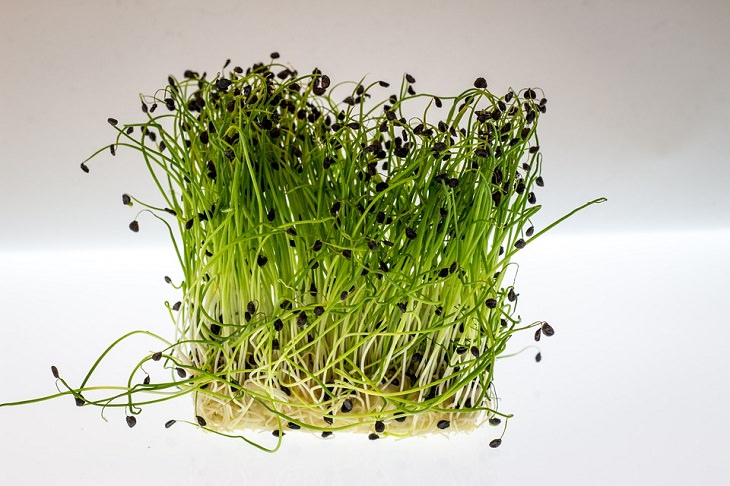
A trailing perennial vegetable of European origin, watercress (Nasturtium officinale) is a hardy plant that is rich in Vitamin A, Vitamin B1, Vitamin B3, Vitamin C, Vitamin K, iron, potassium, and calcium.
Watercress grows best in an aquatic or wetland location. However, if you have a stream running through your garden, you can grow it in the banks. It is also perfect for that patch of yard that forms lasting puddles after rainstorms. This plant can even be grown indoors in pots that have been set in a tray of water. The healthy benefits of watercress make it a popular garnish in salads.
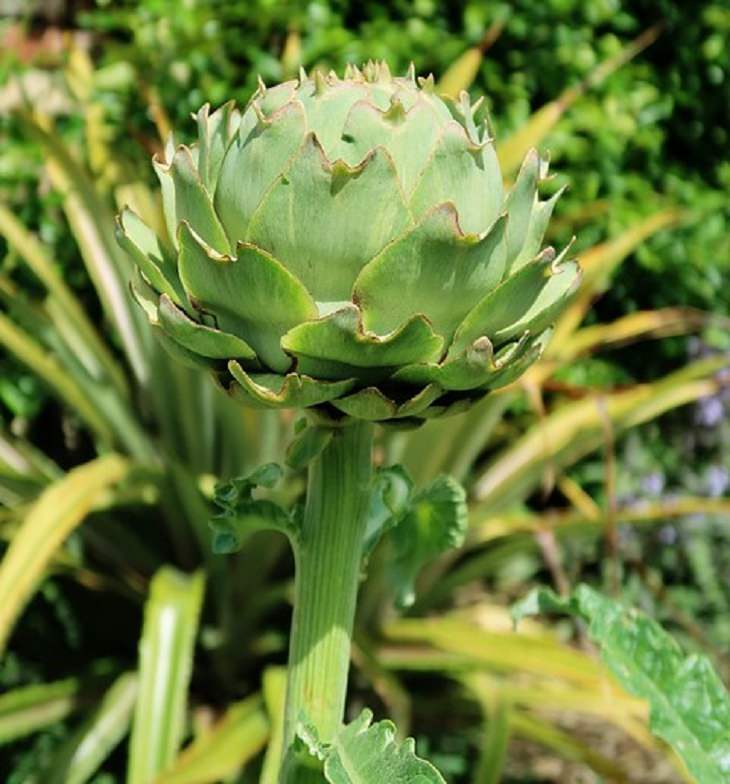
Globe artichokes (Cynara scolymus) are large, architectural perennial plants that are grown for their tender, edible flower buds. They are a member of the thistle family, and their ornamental appearance also adds a great architectural element to any garden.
These plants can be easily grown as long as the soil is fertile and well-drained. While planting them, keep them 4 feet (48 inches) apart in an area with full sun to partial shade for best results. These artichokes prosper in mild winters and cool, foggy summers. Under the right growing conditions, these perennial vegetables can yield harvests for up to 5 years.
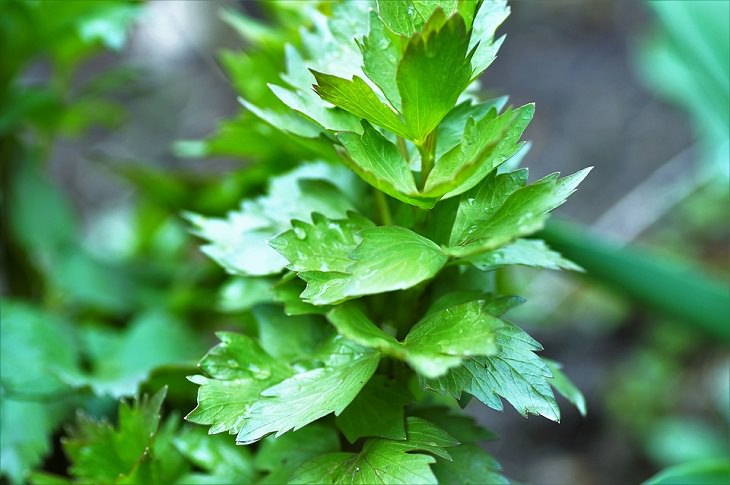
Lovage (Levisticum officinale) is native to southern Europe and has been used for centuries. The best thing about this plant is that all of its parts - leaves, stems, roots, and seeds - are edible and healthy.
Lovage is known as basically perennial celery that can grow up to 6 feet (1.83 m) tall. It’s a hardy little plant that grows in the sun or part shade and is generally low-maintenance and undemanding as it thrives in moist, fertile soil. It is most popularly used in soups, stews, and salads, and also packs powerful flavors.
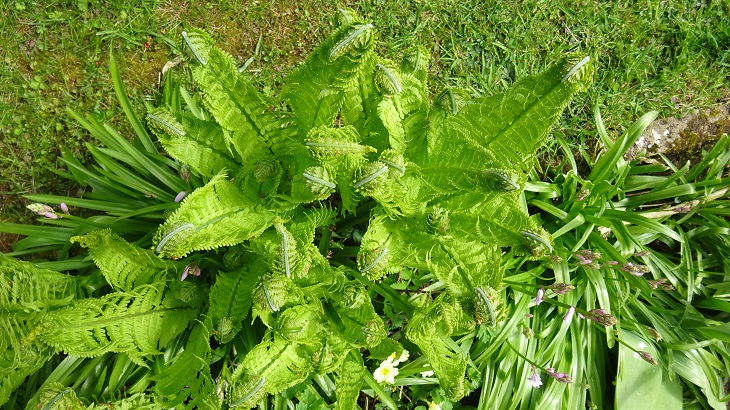
Image source - Wikimedia Commons
Ostrich ferns (Matteuccia struthiopteris) are often grown for their ornamental value. However, these North American perennial plants have the most delicious fiddleheads that are a sought-after delicacy in many high-end restaurants.
The best locations to grow ostrich ferns are cool, shady spots where they can grow to a height of 3 to 6 feet (91 cm to 183 cm). Their arching, upright fronds resemble ostrich plumes, which is where their name is derived from. Once established, the plant spreads evenly and will add great visual appeal to your garden. In the spring season, you will notice its fiddleheads showing up which you can boil or steam to enjoy as a delightful delicacy.
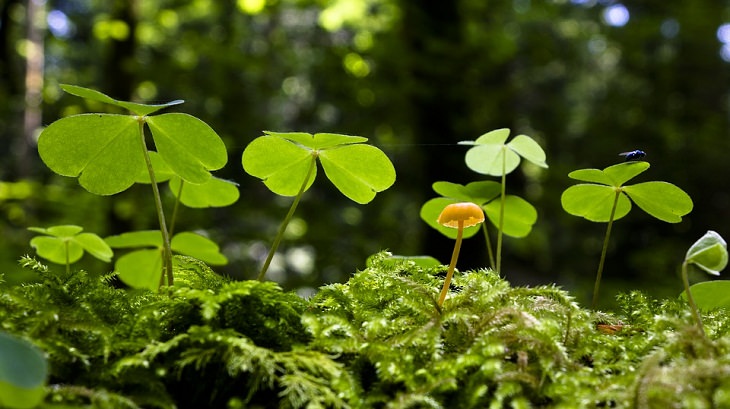
This leafy green vegetable has a pleasantly tart, lemon flavor, and is regularly used for soups, stews, salads, and sauces. There are two main types of sorrels that are popular - Common Sorrel (Rumex acetosa) and French sorrel (Rumex scutatus). Interestingly, sorrels sometimes get classified as an herb, and sometimes, as a vegetable.
Sorrels grow best in full sun, but even a little partial shade will help them keep growing during summer. While their leaves contain small amounts of oxalic acid, they are not harmful when consumed in small amounts. Since they wilt shortly after harvest, sorrels are hard to find in stores. The best time to have sorrel is in early spring because it becomes a little bitter when the weather becomes warm.
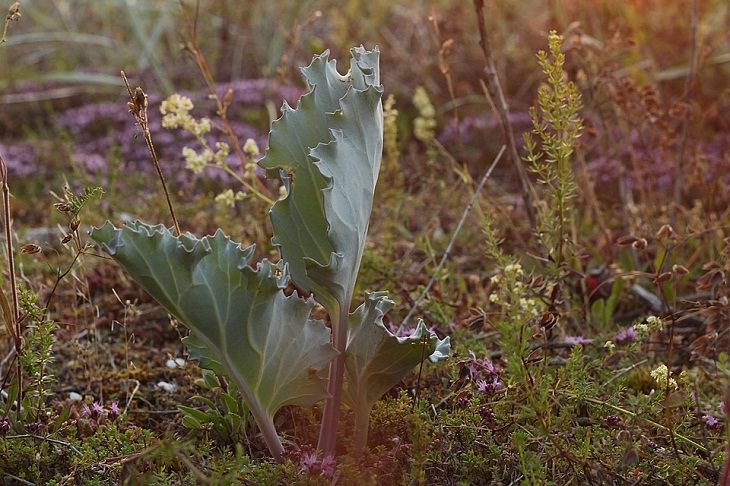
Its gray-blue leaves and white flowers give sea kale (Crambe maritima) quite an exotic look, but there is more to these plants than just their appearance. The tender shoots of sea kale are edible raw or cooked, much like asparagus. Even their roots and attractive, fragrant blooms are edible.
To grow sea kale, you will need slightly alkaline soil and full sunlight or partial shade. Another great thing about sea kale is that it requires very little attention. Once planted, they can be harvested when they are 4 to 5 inches (10-12 cm) long. You can also plant the sea kale seeds directly in the garden in March or April. Once a patch of these vegetables is established, it can be spread easily by root cuttings.
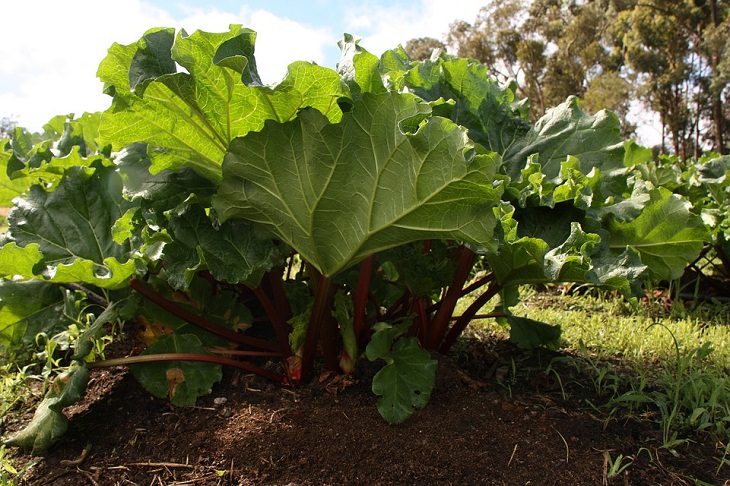
Rhubarb (Rheum rhabarbarum) is a perennial vegetable that is not only edible but is also a vibrant addition to any garden because of its large, textured leaves and chunky stems. It comes in varieties of red, pink, and green, and is usually prepared and eaten like fruit. Rhubarb is a cool-season crop and is largely grown for its fibrous leaf stalks.
These plants are generally sturdy and long-lived, and some varieties are known to grow for as long as 20 years or more. The best time to plant rhubarb is in the early spring. However, it shouldn’t be harvested until the second growing season. Another point worth noting is that the leaves of the rhubarb, which are toxic to humans, can make a great addition to the compost pile.

Chayote (Sechium edule) is a highly productive vegetable that is a member of the Cucurbitaceae family (cucumbers and squash are some of the other members). It is also known as vegetable pear, mirliton, Choko, and custard marrow, and is native to Latin America. This warm-season, tender perennial grows best in tropical or subtropical regions. To reach a proper harvest, chayote needs 120 to 150 frost-free days.
The fruit of the plant range from pale green to white, and they are low in calories while having a fair amount of potassium. The ideal time to plant chayote is 3 to 4 weeks after the last average frost date in spring when the soil temperature has reached a minimum of 65 degrees Fahrenheit (18.3 degrees Celsius). Chayote can be cooked in different ways in the kitchen, and adding the right spices to it can really enhance its flavor.
Related Articles:
5 Guides for Vertical Gardening
10 Most Beautiful Flowering Shrubs for your Garden